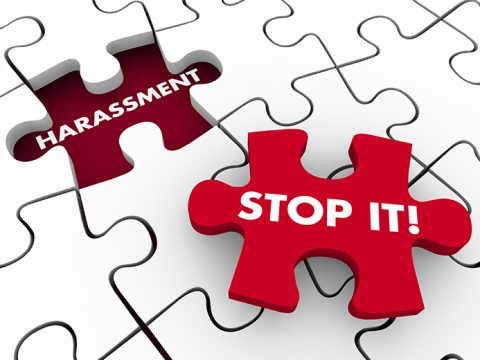Workplace harassment is a pervasive issue that affects many individuals across different industries and professions. It can create a toxic work environment, leading to decreased productivity, increased turnover rates, and negative impacts on the mental and physical well-being of employees. In order to address and combat workplace harassment effectively, it is crucial to have a clear understanding of the various forms it can take. This article will explore five common forms of workplace harassment and provide insights into how they can be identified and prevented.
- Sexual Harassment
Sexual harassment is one of the most well-known forms of workplace harassment. It involves unwelcome sexual advances, requests for sexual favors, or other verbal or physical conduct of a sexual nature that creates a hostile or offensive work environment. It can occur between individuals of the same or different gender and can involve managers, coworkers, or clients. To get more information about harassment training visit Ignite HR Solutions.

- Discriminatory Harassment
Discriminatory harassment occurs when an individual is targeted or mistreated based on their protected characteristics, such as race, ethnicity, religion, age, disability, or nationality. It involves creating a hostile work environment by subjecting the individual to offensive remarks, derogatory comments, or exclusionary practices.
- Bullying
Bullying is a form of workplace harassment that involves the repeated and intentional mistreatment of an individual by their coworkers or superiors. It often includes behaviors such as verbal abuse, humiliation, intimidation, or sabotage that aims to undermine the target’s confidence and well-being.
- Cyber Harassment
Cyber harassment, also known as online harassment or cyberbullying, is a form of workplace harassment that takes place in the digital realm. It involves the use of electronic communication channels, such as email, social media, or messaging platforms, to harass, intimidate, or demean an individual.
